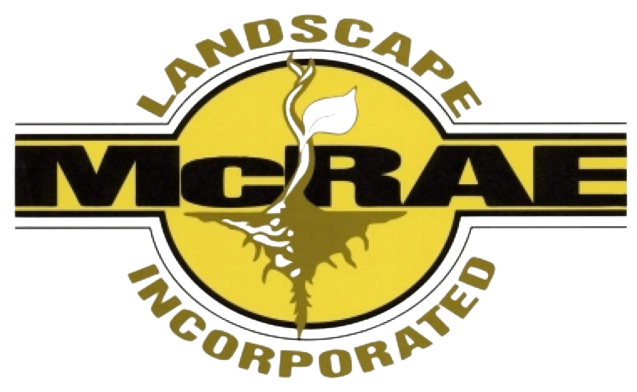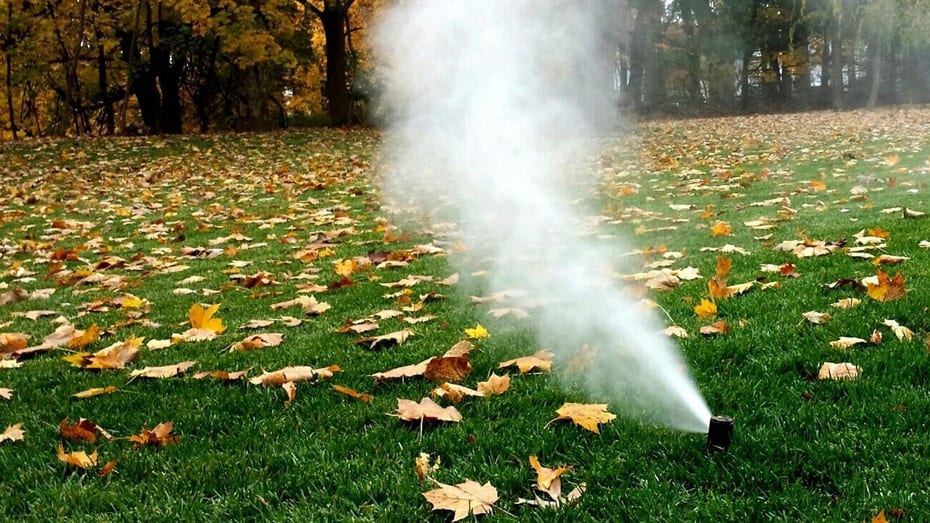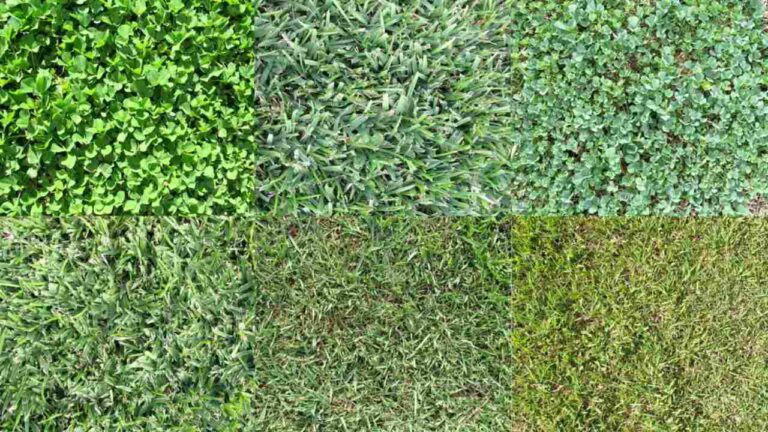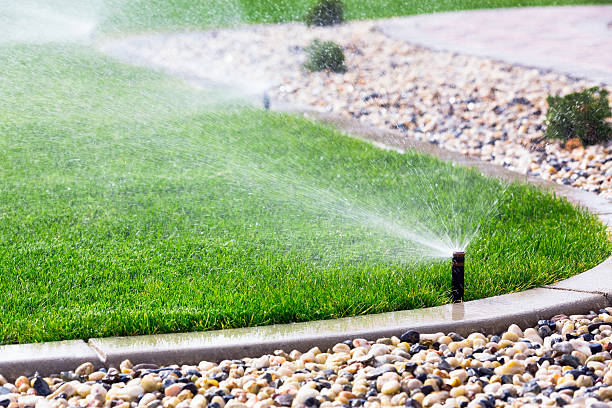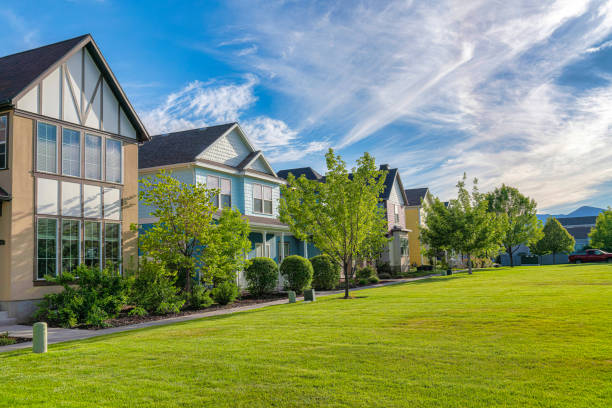The Crucial Winterization Guide: Protecting Your Sprinklers in Utah County
Understanding the Importance of Winterization:
Utah County experiences frigid winters with temperatures dropping well below freezing. When water remains in your sprinkler system during these cold spells, it can freeze and expand, causing pipes to burst, valves to crack, and fittings to break. The result? Extensive damage and hefty repair bills. Winterization is not just a precaution; it’s a necessity to preserve the integrity of your irrigation system and prevent costly damage.
The Winterization Process:
Winterizing your sprinklers involves a series of steps to ensure all water is drained from the system, leaving no room for freezing and subsequent damage. Here’s a step-by-step guide to help you winterize your sprinkler system effectively:
- Shut off the Water Supply: Begin by turning off the main water supply to your sprinkler system. This prevents any new water from entering the system during the winter months.
- Drain the System: Open all the valves on your sprinkler system to allow water to drain out completely. This includes drain valves, manual drain valves, and automatic drain valves. Ensure that all water is expelled from the pipes, preventing any leftover water from freezing and causing damage.
- Blow Out the Remaining Water: For an extra layer of protection, consider hiring a professional to blow out the remaining water from your sprinkler system using compressed air. This process ensures that even the smallest traces of water are removed from the pipes, minimizing the risk of damage due to freezing.
- Insulate Above-Ground Components: Insulate above-ground components such as backflow preventers, valves, and above-ground piping with foam insulation sleeves or blankets. This added insulation helps to protect these vulnerable parts from freezing temperatures.
- Protect Below-Ground Components: For below-ground components such as pipes and fittings, consider burying them deeper below the frost line or installing insulation around them. This helps to shield them from the penetrating cold and prevents potential damage.
The Benefits of Winterization:
Investing time and effort into winterizing your sprinkler system offers a myriad of benefits, including:
- Preventing Costly Repairs: By winterizing your sprinklers, you can avoid the expense of repairing or replacing damaged components due to freezing temperatures.
- Extending the Lifespan of Your System: Proper winterization helps to preserve the integrity of your irrigation system, extending its lifespan and reducing the need for premature replacements.
- Maintaining Efficiency: A well-maintained sprinkler system operates more efficiently, delivering water precisely where and when it’s needed. Winterization ensures that your system remains in optimal condition, ready to perform when spring arrives.
- Protecting Your Investment: Your sprinkler system is a significant investment in your property. Winterization helps to protect this investment, ensuring that it continues to function effectively for years to come.
- Peace of Mind: Knowing that your sprinkler system is properly winterized provides peace of mind throughout the cold winter months. You can rest easy knowing that your system is protected against potential damage.
Conclusion:
Winterizing your sprinkler system is not a task to be taken lightly, especially in the harsh winter climate of Utah County. By following the steps outlined in this guide, you can safeguard your irrigation system against the damaging effects of freezing temperatures and ensure its continued performance year after year. Don’t wait until it’s too late; take proactive measures to winterize your sprinklers today and enjoy a worry-free winter season. Your wallet and your lawn will thank you come springtime.
Call us today at 801-225-5572 to schedule a free sprinkler winterization quote!
